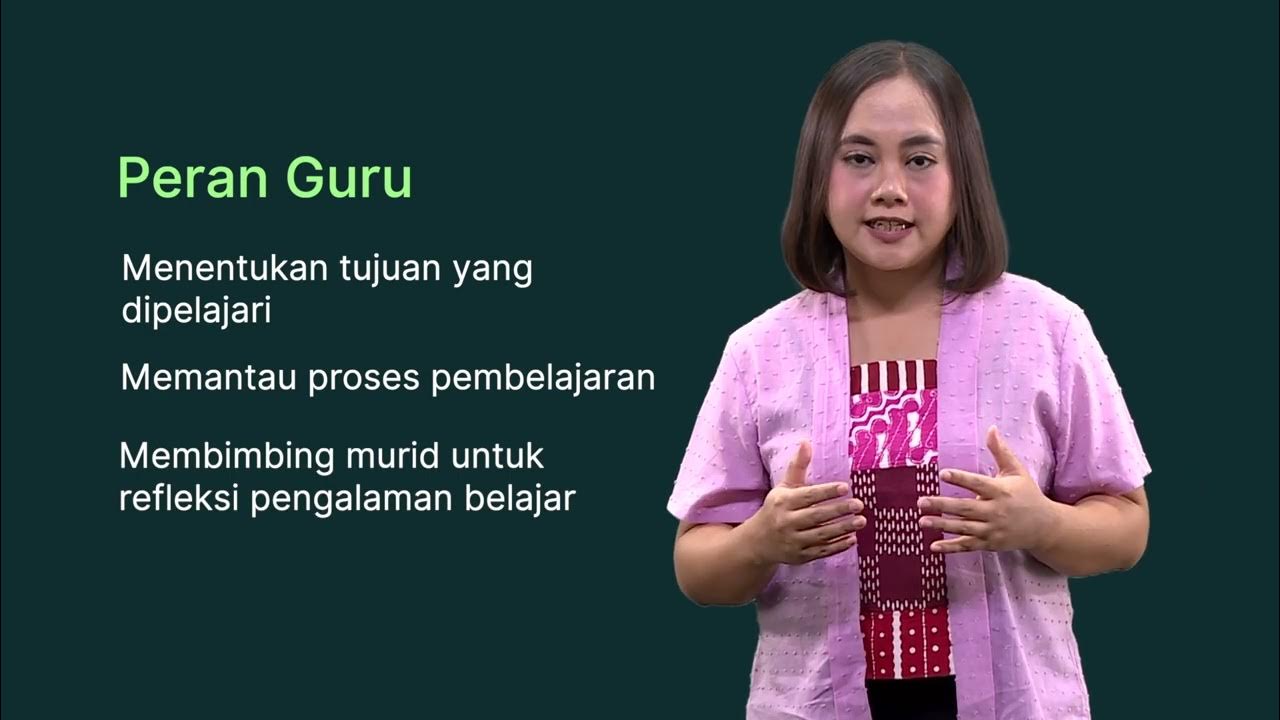Curriculum Localization
Summary
TLDRThis video explores the concept of curriculum localization, emphasizing the importance of adapting educational content to fit local contexts. It discusses how schools and teachers can integrate local materials, stories, and examples into the curriculum to make learning more relevant and relatable for students. The video also highlights the role of the Enhanced Basic Education Act of 2013, which encourages flexible, context-sensitive curriculum design. Teachers are urged to consider cultural, linguistic, and racial diversity when localizing content, ensuring that the learning experience is inclusive and meaningful for all students.
Takeaways
- 😀 Localization allows schools to adapt the curriculum to local conditions and environments, making learning more relevant to students.
- 😀 Curriculum localization involves relating learning content to local information, community resources, and materials.
- 😀 Teachers can use local examples, like fruits or community settings, to illustrate abstract concepts such as fractions or problem-solving exercises.
- 😀 Localization maximizes the use of available resources within the school and community, including local stories, materials, and examples.
- 😀 The Enhanced Basic Education Act of 2013 encourages local authorities to adapt the curriculum to meet the specific needs of their students and community.
- 😀 Teachers are encouraged to use authentic, localized materials in their teaching practices to better engage students and foster learning.
- 😀 Localization ensures that the curriculum is flexible enough to accommodate diverse cultural, linguistic, and racial backgrounds in the classroom.
- 😀 Schools are encouraged to create and approve locally produced teaching materials that align with national standards but reflect local needs.
- 😀 Problem-solving exercises and activities should be based on local contexts to help students relate to the subject matter more effectively.
- 😀 Teachers should encourage students to engage in critical thinking by posing problems related to their local environment and using localized strategies to address them.
- 😀 Cultural diversity should be respected and integrated into teaching practices, ensuring that all students feel represented and included in the learning process.
Q & A
What is curriculum localization?
-Curriculum localization refers to the process of adapting the curriculum to local conditions by incorporating local materials, information, and cultural contexts into the learning content to make it more relevant and understandable for students.
Why is curriculum localization important?
-It is important because it helps students connect the curriculum with their immediate environment and daily lives, making learning more engaging and meaningful. It also respects the cultural, linguistic, and social diversity of the community.
How does localization help in teaching mathematics?
-Localization in mathematics involves using locally familiar objects, such as fruits like apples or oranges, to teach concepts like ratios, instead of relying on foreign or abstract examples. This helps students better understand mathematical concepts through familiar contexts.
What is the role of local stories in curriculum localization?
-Local stories can be used in language learning areas to make the content more relatable to students. By translating these stories into the learners' native language, teachers can engage students more deeply and help them understand the material in their cultural context.
What is an example of using local materials in curriculum localization?
-An example is using seasonal fruits, like watermelon, to teach fractions. Instead of using foreign examples like pizza slices, local materials can help visualize mathematical concepts in a way that is relevant to the students' community.
How does Republic Act No. 10533 relate to curriculum localization?
-Republic Act No. 10533, also known as the Enhanced Basic Education Act of 2013, encourages schools to adapt the curriculum to local needs. It mandates that the curriculum be flexible enough to allow for localization, incorporating local and indigenous materials, while adhering to national educational standards.
What does the term 'contextualization' mean in relation to curriculum localization?
-Contextualization refers to the practice of adjusting the curriculum to reflect the local context, including the social, cultural, and environmental factors that impact learning. Localization is a key aspect of contextualization, as it makes learning content more relevant to students' specific communities.
How does curriculum localization address cultural diversity?
-Curriculum localization respects and incorporates the cultural, linguistic, and racial diversity of students by ensuring that the learning materials and examples are relevant to their backgrounds, helping them feel recognized and understood in the learning process.
What are the benefits of using locally produced teaching materials?
-Locally produced teaching materials are beneficial because they reflect the immediate context and needs of the learners. They are more relatable, engaging, and can often be produced at a lower cost, while still aligning with national educational standards.
What should teachers do to implement curriculum localization effectively?
-Teachers should use authentic materials, encourage students to engage with local issues and problems, and ensure that the curriculum is flexible and relevant to the local context. They must also be sensitive to the cultural, linguistic, and racial diversity of their students and adapt their teaching methods accordingly.
Outlines

This section is available to paid users only. Please upgrade to access this part.
Upgrade NowMindmap

This section is available to paid users only. Please upgrade to access this part.
Upgrade NowKeywords

This section is available to paid users only. Please upgrade to access this part.
Upgrade NowHighlights

This section is available to paid users only. Please upgrade to access this part.
Upgrade NowTranscripts

This section is available to paid users only. Please upgrade to access this part.
Upgrade Now5.0 / 5 (0 votes)





